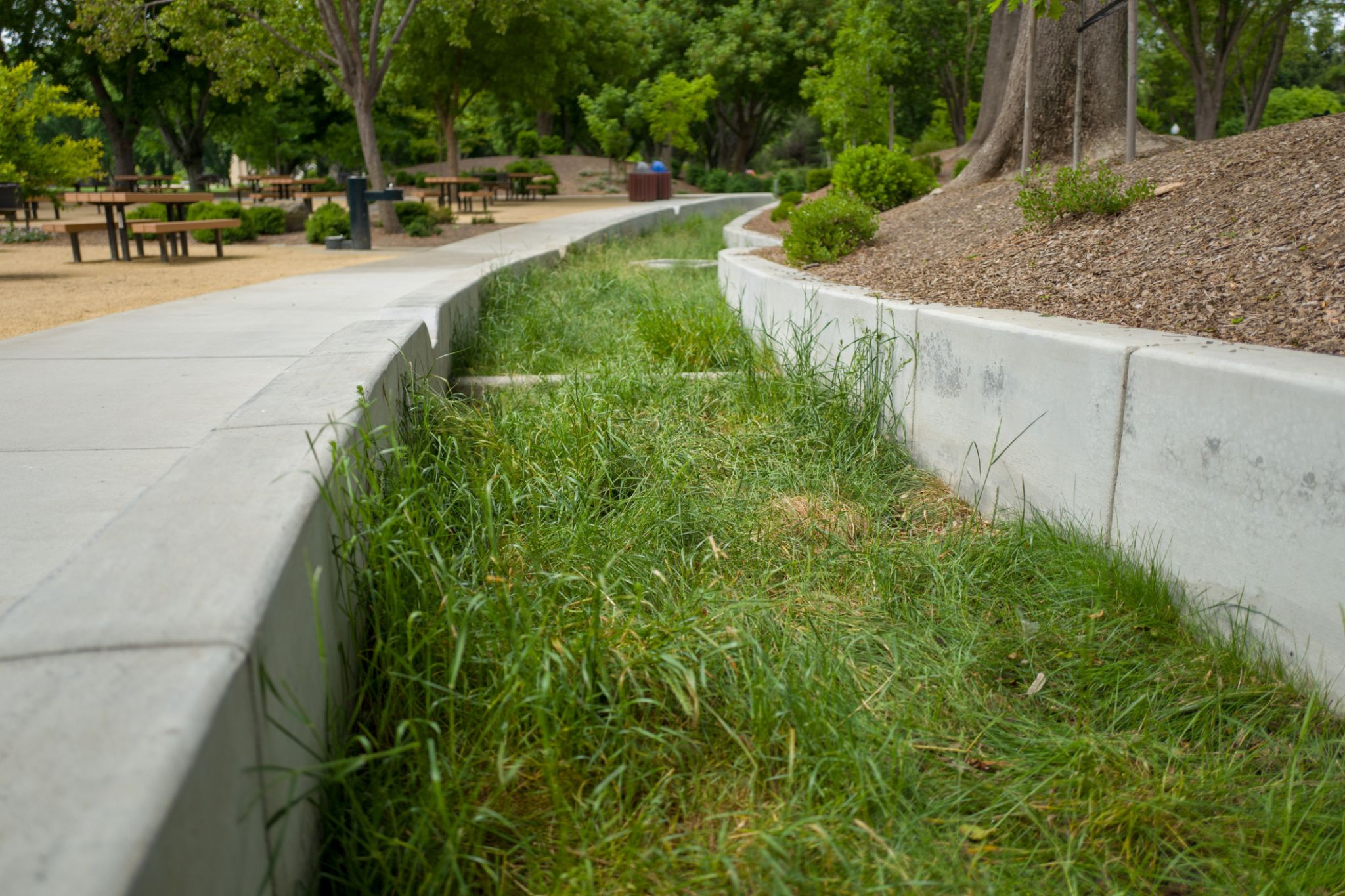Maximizing Environmental Impact with Bio-Swale Projects in Walton County
Understanding Bio-Swales and Their Importance
Bio-swales are engineered landscape elements designed to manage stormwater runoff by mimicking natural processes. They are shallow, vegetated channels that slow down, capture, and filter rainwater, allowing it to percolate into the ground. This process not only reduces the burden on traditional drainage systems but also enhances groundwater recharge. Bio-swales are gaining popularity as a sustainable solution for stormwater management, especially in urban areas where impervious surfaces limit natural infiltration.
In Walton County, the implementation of bio-swales is becoming a key strategy in maximizing environmental impact. By integrating these structures into urban planning, the county aims to address water quality issues while promoting biodiversity and green spaces.

The Environmental Benefits of Bio-Swales
Bio-swales offer numerous environmental benefits that contribute to the overall health of ecosystems. One of the primary advantages is their ability to improve water quality. As stormwater passes through the vegetation and soil of a bio-swale, pollutants such as sediments, heavy metals, and nutrients are filtered out. This results in cleaner water entering local waterways, which is crucial for maintaining aquatic habitats.
Moreover, bio-swales help in controlling erosion by stabilizing soil with deep-rooted plants. This not only preserves soil integrity but also prevents sedimentation in water bodies, which can degrade habitats and harm aquatic life. Additionally, bio-swales provide habitats for various species, supporting local biodiversity and creating green corridors within urban environments.
Implementing Bio-Swale Projects in Walton County
Walton County is actively working to integrate bio-swale projects into its infrastructure planning. The county government collaborates with environmental organizations, engineers, and landscape architects to design and implement these projects effectively. Public spaces such as parks, street medians, and parking lots are prime locations for bio-swale installations.
Community involvement is also a critical component of these projects. By educating residents about the benefits of bio-swales and involving them in the planning process, Walton County aims to foster a sense of stewardship and encourage sustainable practices among its citizens.

Challenges and Solutions
While bio-swales offer numerous benefits, their implementation can present certain challenges. One of the main obstacles is the initial cost of installation and ongoing maintenance. However, the long-term savings in stormwater management and environmental restoration often outweigh these initial expenses.
To address maintenance concerns, Walton County is developing guidelines for regular upkeep, including plant selection tailored to local climates and conditions. By choosing native plant species that are drought-tolerant and adaptable to varying water levels, maintenance needs can be significantly reduced.
The Role of Policy and Planning
For bio-swale projects to be successful, supportive policies and forward-thinking urban planning are essential. Walton County is reviewing zoning regulations and land-use policies to facilitate the integration of green infrastructure solutions like bio-swales into new developments.

Additionally, incentives for developers who incorporate sustainable practices into their projects can spur wider adoption. By providing tax breaks or grants for green infrastructure, the county encourages innovative solutions that align with environmental goals.
Looking Ahead: A Greener Future
The commitment to bio-swale projects in Walton County signifies a broader shift towards sustainable development and environmental responsibility. As these initiatives continue to evolve, they pave the way for a future where urban areas coexist harmoniously with natural ecosystems.
By maximizing the environmental impact of bio-swales, Walton County sets an example for other communities looking to enhance their resilience against climate change while promoting ecological diversity.